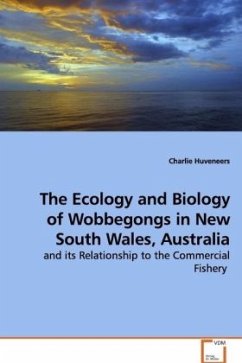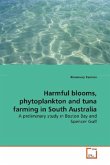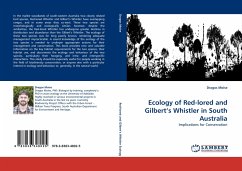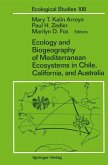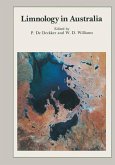In New South Wales (NSW), Australia, wobbegong
sharks have been commercially targeted by the Ocean
Trap and Line Fishery since 1991. A catch decrease
of ca. 50% in a decade lead to concern over the
sustainability of the fishery and to wobbegongs
being listed as Vulnerable in NSW under the World
Conservation Union (IUCN) Red List assessment. The
aim of this work was to investigate wobbegong
biology and ecology in relation to its fishery to
provide essential data and information for
sustainable management of the wobbegong fishery.
Biological data was obtained from wobbegongs
collected from commercial fishing boats, using
setlines and lobster pots and by scuba diving. The
results presented in this book provide information
on the taxonomy, distribution and relative
abundance, diet, reproduction, and age and growth of
these species and include the re-discovery of a
wobbegong species in New South Wales.
sharks have been commercially targeted by the Ocean
Trap and Line Fishery since 1991. A catch decrease
of ca. 50% in a decade lead to concern over the
sustainability of the fishery and to wobbegongs
being listed as Vulnerable in NSW under the World
Conservation Union (IUCN) Red List assessment. The
aim of this work was to investigate wobbegong
biology and ecology in relation to its fishery to
provide essential data and information for
sustainable management of the wobbegong fishery.
Biological data was obtained from wobbegongs
collected from commercial fishing boats, using
setlines and lobster pots and by scuba diving. The
results presented in this book provide information
on the taxonomy, distribution and relative
abundance, diet, reproduction, and age and growth of
these species and include the re-discovery of a
wobbegong species in New South Wales.

